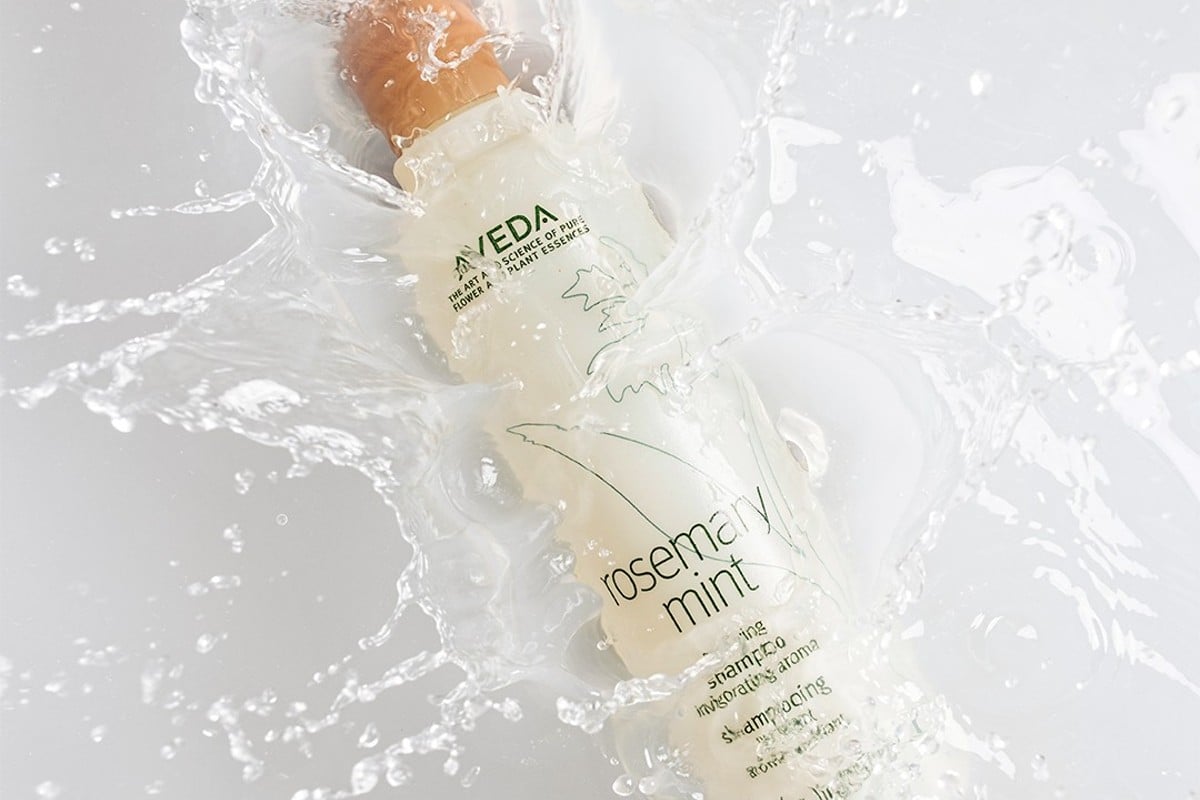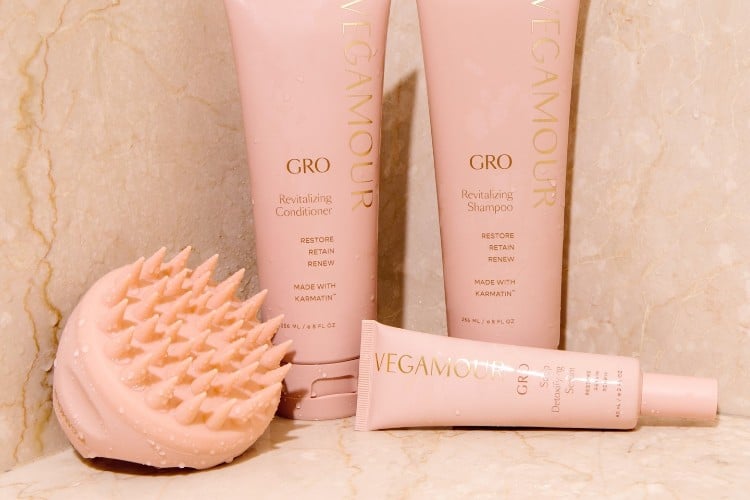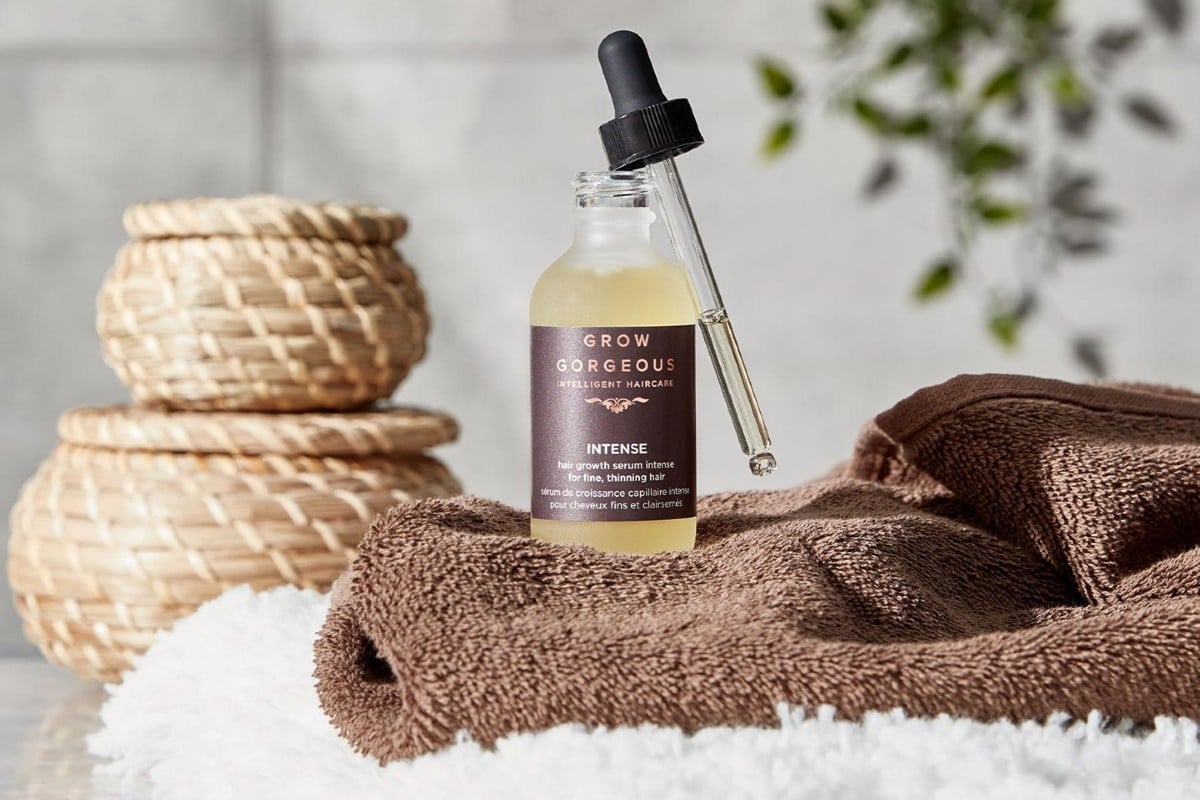When it comes to buying a new shampoo, it’s easy to just grab whatever is on sale or looks good on the shelf. But have you ever stopped to give the product label a good read and thoroughly check the ingredients? Chances are, you’re not familiar with all the nasty chemicals found in shampoos that can damage and weaken your hair. And it’s not just a matter of personal preference. It’s a serious concern as the Food and Drug Administration (FDA) has minimal regulations for the use of chemicals in cosmetics. This lack of oversight has led to some well-known brands, like Johnson & Johnson and Mane’n Tail, facing legal class action lawsuits due to formulating their shampoos with ingredients that have ultimately been tied to hair loss and other severe conditions.[1][2]
But don’t stress. As a haircare enthusiast, I did some digging to find the most common hair-damaging chemicals in shampoos that you should avoid. So next time you reach for that bottle of shampoo, you can easily spot them on the product label and make informed decisions about what you put on your hair. These ingredients have been linked to everything from dry, damaged, and thinning hair to serious scalp conditions.
Harmful shampoo ingredients
Sodium lauryl sulfate and laureth sulfate
Sulfates are used in shampoos to produce all that nice, bubbly lather and are said to have the deepest cleansing effects. However, SLSs are a major culprit in deteriorating hair quality, especially in people with sensitive scalps. This is because they break down the proteins the hair needs to stay healthy and strip away the scalp’s sebum. If sebum gets stripped too often, the resulting dryness may lead to hair breakage. Research actually shows that prolonged exposure to sodium lauryl sulfate can worsen scalp irritation and inflammation.[3] Others suggest that the deposition of SLS resulting from poor rinsing might penetrate the skin and degenerate the hair follicles.[4]
No matter how you slice it, SLSs are one of hair’s number one enemies, and it’s best to avoid them and opt for sulfate-free shampoos. Just so you know, SLSs can be easily replaced by natural saponins. Saponins are naturally occurring compounds in plants with high cleansing, antifungal, and antibacterial properties that many brands use to replace SLSs.
Parabens
Despite their bad reputation, a lot of shampoos still contain parabens, such as methylparaben and propylparaben. They’re used as preservatives to keep the formula fresh and free from bacteria, but at what cost? According to EWG, parabens can trigger skin allergy and irritation and are linked to hormone disruption.[5] I wouldn’t put that on my scalp, especially since parabens were found to penetrate and accumulate in the skin.[6]
The good news is that more and more brands are turning to paraben-free formulas. The products will indeed have shorter shelf life than conventional ones – around 3 to 6 months. Yet, it’s a fair price to pay, especially for shampoos, which we regularly use anyway.
Fragrances
If you prioritize scent over other factors when shopping for a new shampoo, you should be aware that not all fragrances are created equal. Even though fragrances take one spot on the ingredient list, this term can lay dozens and hundreds of different compounds. While not all fragrances pose major risks, some do and are known to cause hormonal imbalance and scalp sensitivities if used for long periods. Also, fragrances are the most frequent chemicals causing contact dermatitis.[7]
Shampoos can have 10 to 300 different fragrances, and since you can’t know for sure which ones are included, it’s best to steer clear of those with high amounts of synthetic fragrances. It’s safer and better to opt for fragrance-free alternatives and purchase shampoos that use essential oils (which are individually mentioned on the label) to provide scent.
Sodium chloride
Sodium chloride is a table salt often used as a thickening agent in conventional shampoos. Even if it’s a non-toxic compound, sodium chloride is definitely not good for your hair as it can dry out the skin. If you have a sensitive and dry scalp prone to dermatitis, repeatedly using products with sodium chloride can turn really bad for you.
Polyethylene glycols
Polyethylene glycols, or PEGs, are an entire class of petrochemicals compounds derived from petroleum used in shampoos to thicken the formula and enhance product absorption. Although PEGs are considered fairly safe for topical use, they can be contaminated with various dangerous substances during the manufacturing process. These contaminants can include 1,4-dioxane, a known carcinogen easily absorbed through the skin and has been linked to health toxicity, and ethylene oxide, which is also a carcinogen and can cause skin irritation and allergic reactions. Considering the risk, you should avoid PEGs in haircare products.
DMDM hydantoin
DMDM hydantoin is a preservative and antimicrobial that helps to keep your shampoo fresh for longer by preventing mold and bacteria from growing. However, DMDM hydantoin is also a formaldehyde releaser, meaning it releases the chemical formaldehyde once it breaks down in the formula.
This is worrying because formaldehyde is a human carcinogen associated with cancer and other harmful reactions when absorbed into the skin. It’s also thought to cause hair loss. Also, numerous brands have faced class action lawsuits due to using DMDM hydantoin in their shampoos. And while the FDA has issued a consumer update about the potential ban of formaldehyde releasers in cosmetic products, it wasn’t approved even to this day. So it’s your duty to avoid it.
Final words
Since you use shampoo almost every other day, you should be extra thoughtful about the ingredient list and make more conscious and healthier choices. Bookmark this and write down the above ingredients so you’ll know exactly what to avoid the next time you hit the store for a new shampoo.





